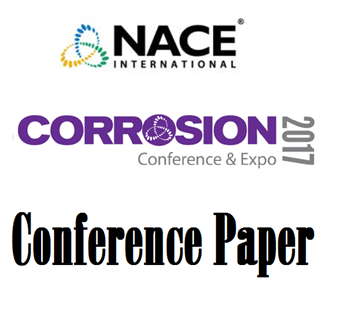Search
51314-4348-Identifying Key Performance Indicators in Oilfield Water Handling Systems
Also Purchased
Aim Corrosion Management: Perfect Key Performance Indicators
Product Number:
51317--8823-SG
ISBN:
8823 2017 CP
Publication Date:
2017
$20.00
01056 KEY PERFORMANCE INDICATORS FOR DEMONSTRATING EFFECTIVE CORROSION MANAGEMENT IN THE OIL AND GAS INDUSTRY
Product Number:
51300-01056-SG
ISBN:
01056 2001 CP
$20.00
51312-01180-Corrosion/Erosion Management Strategy in the North Slope: Use of Corrosion Rate as Key Performance
Product Number:
51312-01180-SG
ISBN:
01180 2012 CP
Publication Date:
2012
$20.00




